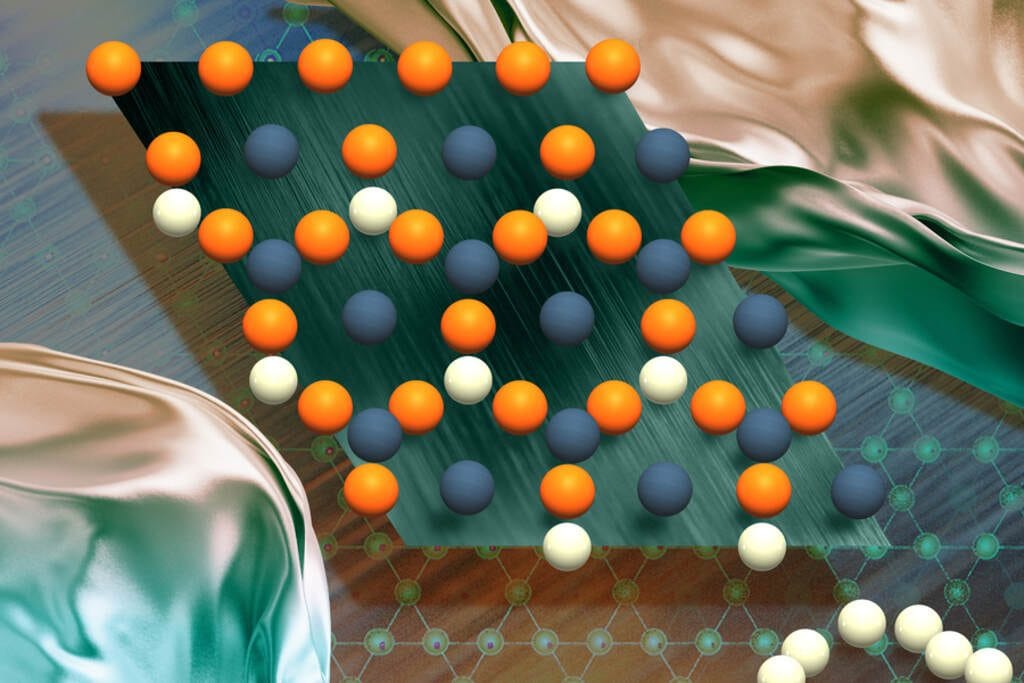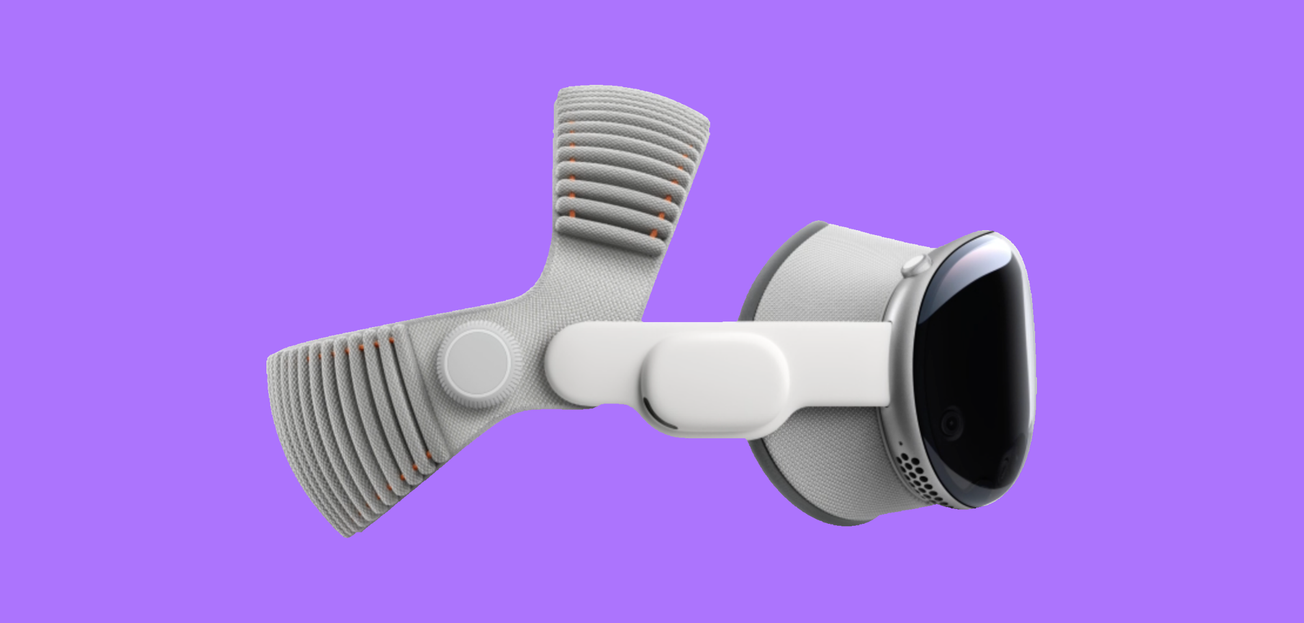A team led by researchers at Massachusetts Institute of Technology (MIT) has developed a new algorithmic layer that harnesses generative-AI techniques to design quantum-capable materials — shifting generative art beyond pixels and into atomic architectures.
Traditional generative-AI models in materials science excel at proposing vast libraries of compounds but struggle to home in on the atomic lattice geometries that yield quantum phenomena like spin liquids or flat-band magnetism. The MIT group’s solution, dubbed “SCIGEN,” embeds physics-based constraints into diffusion-model workflows, steering the generation process toward crystal motifs — for example, Kagome or Lieb lattices — that foster exotic magnetic behaviour.
In practice, the pipeline generated over 10 million candidate structures, sorted them via stability filters and high-fidelity simulations, and ultimately yielded at least two synthesized compounds whose measured magnetic characteristics matched predictions.The result offers a blueprint for bridging generative design, materials science and quantum technology.
MIT’s SCIGEN research marks a genuine inflection point. The algorithm doesn’t just generate images or interface layouts — it generates atomic structures engineered for specific physical behaviours. By embedding structural and physics-based constraints into diffusion-model workflows, the system effectively lets AI propose stable crystal frameworks with target magnetic or quantum properties. MIT researchers suggest that such workflows could soon integrate with autonomous lab systems, enabling an end-to-end pipeline from generative model to synthesized material — a tangible step toward AI-assisted quantum materials engineering.





